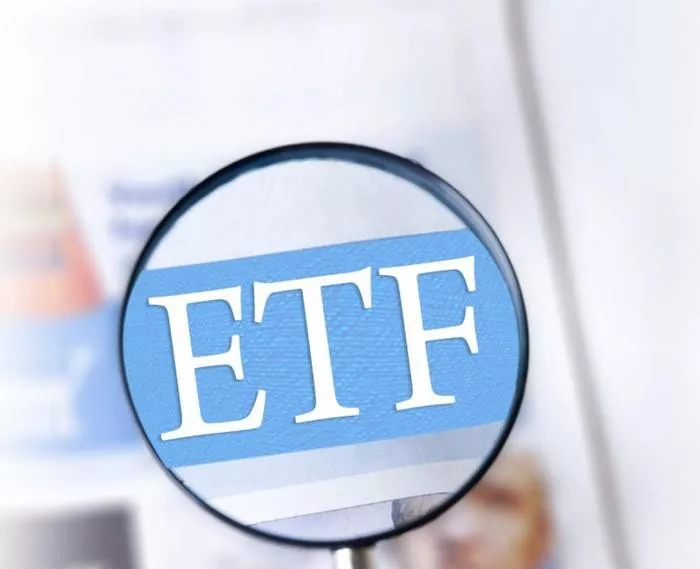An Exchange-Traded Fund (ETF) stands as a beacon of innovation in the world of investments. It embodies the concept of diversification, liquidity, and cost-effectiveness within a single financial instrument. Simply put, an ETF is a type of investment fund that holds assets such as stocks, commodities, or bonds and trades on stock exchanges, much like individual stocks. This amalgamation of features makes ETFs a favored choice among investors seeking exposure to diverse asset classes while enjoying the flexibility of trading on the stock market.
Equity ETFs
Equity ETFs, a subset of the broader ETF universe, are particularly focused on stocks. These funds aim to replicate the performance of a specific stock market index, sector, or industry. By investing in equity ETFs, investors gain access to a diversified portfolio of stocks, which can range from blue-chip companies to emerging market gems. This diversification mitigates single-stock risk and enhances portfolio stability, especially during volatile market conditions.
Diversification
One of the paramount advantages of equity ETFs is diversification. Instead of investing in individual stocks, which can be inherently risky due to company-specific factors, investors can spread their risk across multiple companies by investing in an ETF. This diversification shields investors from the adverse impact of a single stock’s poor performance, thereby enhancing the overall risk-adjusted return of their investment portfolio.
Liquidity
ETFs trade on stock exchanges throughout the trading day, offering investors unparalleled liquidity. Unlike traditional mutual funds, which are traded at the end of the trading day at their Net Asset Value (NAV), ETFs can be bought and sold at market prices during market hours. This liquidity ensures that investors can enter and exit positions swiftly, without incurring significant transaction costs or price slippage.
Low Costs
Cost-effectiveness is a hallmark of equity ETFs. These funds typically have lower expense ratios compared to traditional mutual funds, owing to their passive management style. By tracking an underlying index rather than employing active management, ETFs minimize operational costs, resulting in lower fees for investors. This cost advantage translates into higher returns over the long term, making ETFs an attractive investment option for cost-conscious investors.
Transparency
ETFs operate with a high level of transparency, offering investors unparalleled visibility into their holdings. Unlike mutual funds, which disclose their holdings quarterly, ETFs publish their holdings on a daily basis. This transparency enables investors to monitor the composition of the ETF, assess its risk exposure, and make informed investment decisions. Armed with this information, investors can align their investment strategies with their risk tolerance and investment objectives more effectively.
Tax Efficiency
Tax efficiency is another compelling reason to consider investing in equity ETFs. Owing to their unique structure, ETFs are often more tax-efficient than mutual funds. When investors redeem shares of a mutual fund, the fund may be required to sell securities to meet redemptions, triggering capital gains taxes for all shareholders. In contrast, ETFs facilitate in-kind transactions, whereby shares are exchanged without triggering taxable events. This tax-efficient structure minimizes capital gains distributions, making ETFs an attractive option for tax-sensitive investors, particularly those in higher tax brackets.
Types of Equity ETFs
Equity ETFs come in various shapes and sizes, catering to a diverse range of investment preferences and risk appetites. Broad market ETFs, as the name suggests, track broad market indices such as the S&P 500 or the Total Stock Market Index. Sector ETFs focus on specific sectors of the economy, such as technology, healthcare, or energy. Thematic ETFs invest in companies aligned with a particular theme or trend, such as clean energy or artificial intelligence. Smart beta ETFs employ alternative weighting methodologies to traditional market-capitalization-weighted indices, seeking to enhance returns or reduce risk through factors such as value, momentum, or low volatility.
How to Invest
Investing in equity ETFs is a straightforward process that can be accomplished through various channels. Investors can buy and sell ETF shares through brokerage accounts, which offer a wide range of ETFs to choose from. Additionally, investors can invest in ETFs through retirement accounts such as Individual Retirement Accounts (IRAs) or employer-sponsored 401(k) plans, allowing them to enjoy tax-deferred growth on their investments. Before investing, investors should conduct thorough research, assess their risk tolerance, and select ETFs that align with their investment objectives and time horizon.
Risks
While equity ETFs offer numerous benefits, it’s essential for investors to be aware of the associated risks. Market risk, stemming from fluctuations in stock prices, is inherent in equity investing and can affect the value of ETF shares. Liquidity risk arises when trading volumes are low, leading to wider bid-ask spreads and potential price distortions. Tracking error risk refers to the deviation between an ETF’s performance and the performance of its underlying index, which can result from factors such as fees, taxes, and trading costs. Additionally, sector-specific risks, geopolitical risks, and regulatory risks can impact the performance of equity ETFs. By understanding these risks and maintaining a diversified portfolio, investors can navigate the complexities of the market and make informed investment decisions.
Conclusion
In conclusion, equity ETFs represent a powerful investment tool that combines diversification, liquidity, and cost-effectiveness within a single financial instrument. By offering exposure to a diversified portfolio of stocks, ETFs enable investors to build robust investment portfolios tailored to their risk tolerance and investment objectives. With a myriad of ETFs available across different asset classes and investment strategies, investors have ample opportunities to construct well-diversified portfolios that align with their long-term financial goals. However, investors should remain vigilant of the associated risks and conduct thorough due diligence before investing in ETFs. By staying informed and proactive, investors can harness the potential of equity ETFs to achieve their financial aspirations.


